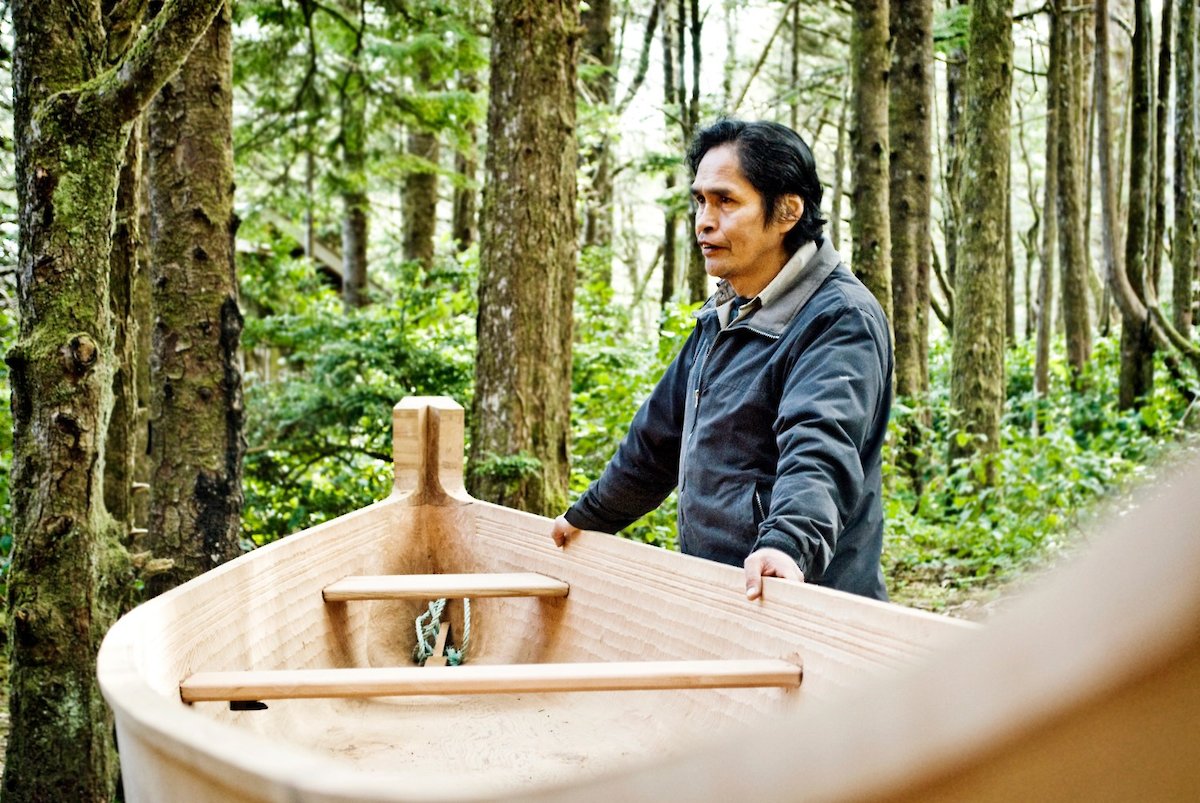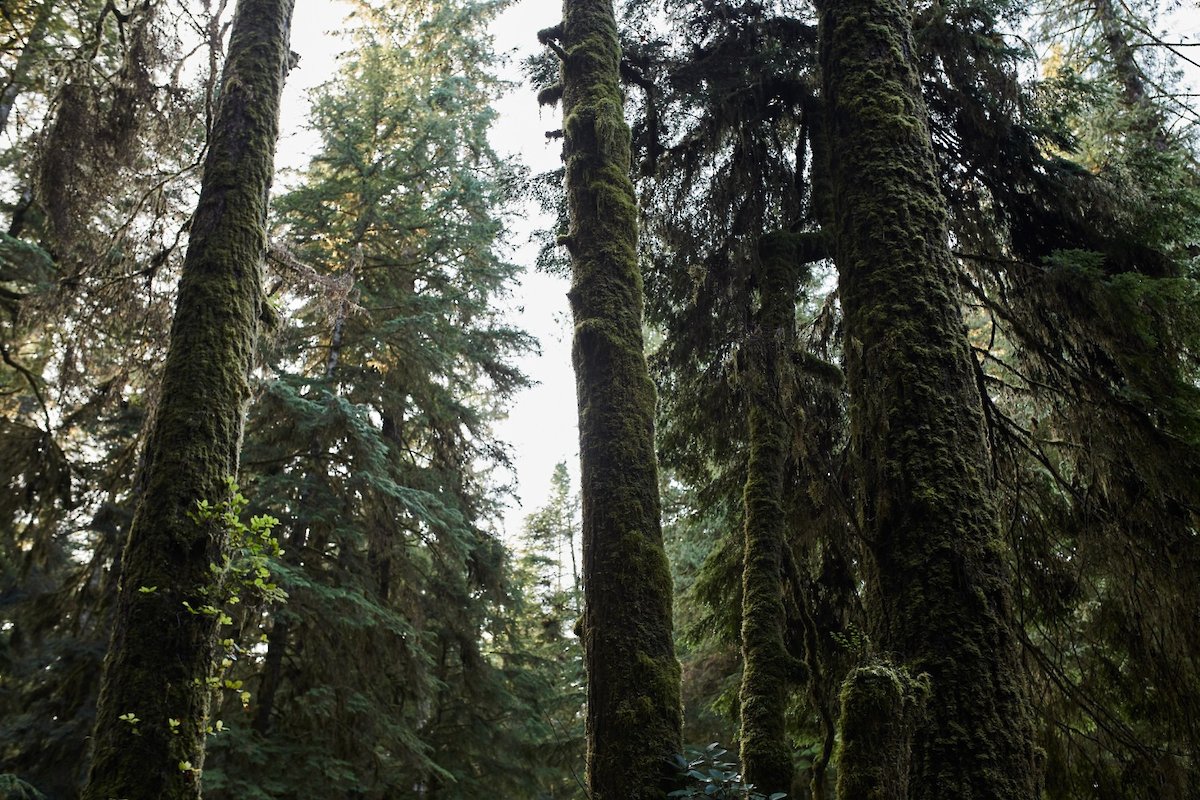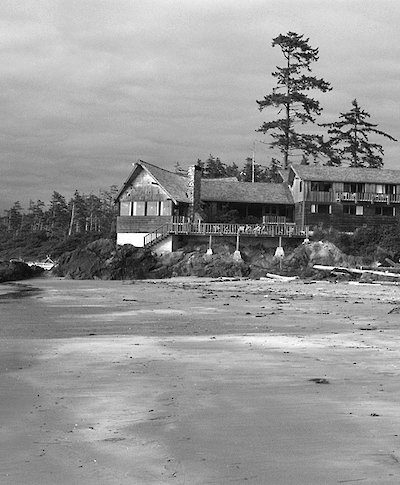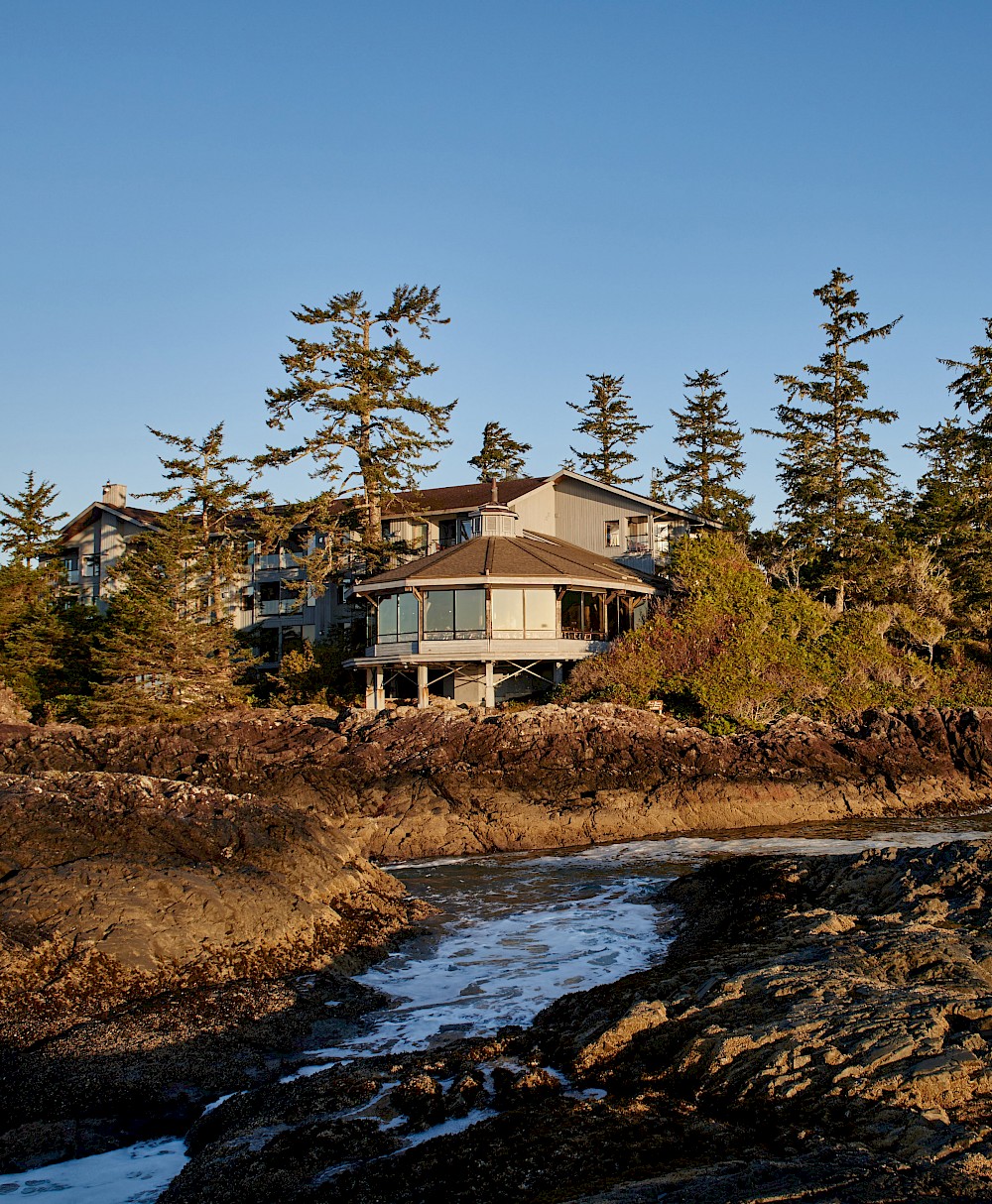Tofino's History & McDiarmid Story
Tofino was a thriving community and, of course, also the home of the Nuu-chah-nulth First Nations long, long before our history began.

Arrivals
Around this time, European explorers were starting to take a real interest in the West Coast. Furs—particularly from sea otters—were becoming an increasingly popular and profitable commodity in Asia, and Vancouver Island had a seemingly endless supply. Enter the Felice Adventurero in 1788 captained by John Meares, a British trader who, with no official sanction from London, flew the Portuguese flag on his ship. His arrival spawned an international dispute between Britain and Spain, and later America, on sovereignty claims and rights of navigation and trade in the area.
The Tla-o-qui-aht people were absorbed into the turmoil. And while they proved to be savvy traders, initially building cordial, even friendly, relations with the European traders, eventually—due to acts of treachery and a general mistrust on both sides—the situation devolved into outright hostilities. It culminated with the 1811 attack and ultimate destruction of the American ship Tonquin.
A town is born
There was a decline in coastal traffic to Clayoquot Sound for the next few decades, but in the early 1870s, a trading post was established on Stubbs Island, also known as Clayoquot Island, just across the channel from current-day Tofino. With a population of just 150 people, the post boasted a hotel with British Columbia’s first official liquor license, a post office and a provincial police station. In 1909 the current townsite of Tofino, on the tip of the Esowista Peninsula, was established.
Around 1913, the fledgling community started to receive regular visits from the steamer Princess Maquinna, providing a means for the first tourists to visit. As tourism sunk its roots, the mining, lumber, fishing and farming industries thrived. There was even a short-lived gold rush up the coast, which saw the arrival of the first scheduled seaplane service to the area.
The end of the road
Though Tofino had always been accessible by sea and then by air (thanks to an airport constructed during World War II), the most significant transportation link was the opening of a logging road through to Port Alberni in 1959. At this time, the McDiarmid family had already been in Tofino for a few years, since Dr. Howard McDiarmid moved to Tofino in January 1955 to assume responsibility for the Tofino General Hospital. The family witnessed how the road opened up markets for fish and logs, and the few adventurous tourists beginning to venture out to the Island’s West Coast. In a few years the area’s beaches became havens for pioneer surfers, conscientious objectors and wayward hippies.

Greener futures
In the late ‘60s, a grassroots movement to have the area designated a national park began. Dr. Howard McDiarmid, as the local Alberni-Clayoquot MLA (1966-1972), was at the forefront in advocating for its creation. The Pacific Rim National Park Reserve opened in 1971 and, while it means you can no longer drive on the beach, it protects an invaluable ecosystem and enables people from all around the world to enjoy the area’s immense cultural and natural beauty. The road to the coast was paved the year after the park was created, and the area began to attract visitors from far and wide, creating a demand for infrastructure to cater to their needs which started to develop.
Growth in tourism and the town’s population continued before Clayoquot Sound was thrust onto the world stage for another reason. In 1993, concerned environmentalists faced off against the timber industry over logging in the Clayoquot Region. The protests culminated in the largest act of peaceful civil disobedience in Canadian history and the introduction of the Clayoquot Sound Land Use Decision in 1995—still a hot topic today.


Opening doors
Back when the park was created, an old Inn at the south end of Wickaninnish Beach had been closed and turned into an interpretive centre (now Kwisitis Visitor Centre); Dr. McDiarmid had often thought about recreating it anew. In the ‘90s, inspired by their parents' foresight, Bruce and Charles McDiarmid joined with a group of long-time Tofino residents to make the vision a reality.
On the family property, in the area where, as kids, they’d run to watch the storms come in, Charles and Bruce cleared the footprint for the building. They worked by hand to ensure no trees were taken down unnecessarily, and then started construction. In 1996 the Wickaninnish Inn and the Pointe Restaurant opened at the north end of Chesterman Beach, and two years later, in 1998, they opened the Ancient Cedars Spa.
It was a welcome addition for visitors coming to Tofino. With the popularity of wildlife sightings, surfing and storm watching, the area had become a destination and the quality experience provided by the Inn brought a steady growth in Canadian and international visitors.
While Tofino and the Inn have changed and grown over the years, the essence of its character continues to attract those seeking opportunities and alternative ways of living—even just for a little while. It continues to be an outpost amidst the rugged wilderness, a tight-knit community, a place for artistic inspiration and adventure, where new ideas take shape and where heritage and history are deeply ingrained in our everyday.




